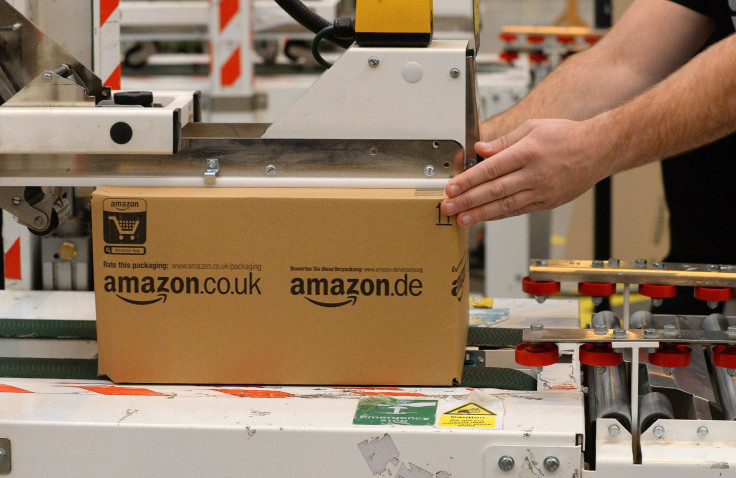Amazon's Revenue Growth Accelerates

Shares of Amazon.com (NASDAQ:AMZN) slipped in after-hours trading on Thursday, falling about 2.5% as of 5 p.m. EDT. The pullback in the stock price came after the company announced second-quarter results that missed analyst estimates on several key metrics. But there was one important silver lining in the update: The e-commerce and cloud-computing giant's revenue growth rate accelerated -- a change of pace from a trend of decelerating growth in recent quarters.
Here's a look at the results.
Top- and bottom-line performance
Amazon's revenue rose 20% year over year -- an acceleration from 17% growth in the first quarter. This puts Amazon's revenue growth rate back in line with growth seen in the company's fourth quarter of 2018. Revenue for the period was $63.4 billion -- at the high end of management's guidance for revenue during the period to be between $59.5 billion and $63.5 billion. In addition, the top-line figure was ahead of analysts' average forecast of revenue of $62.5 billion.
Helping drive this growth was 37% year-over-year growth in Amazon Web Services (AWS) revenue and an acceleration in the company's online stores revenue. Online stores revenue rose 16% year over year to $31 billion. This is up from 12% growth in the first quarter of 2019.
Management credited the acceleration in online sales growth to the company's rollout of free one-day delivery. "Customers are responding to Prime's move to one-day delivery -- we've received a lot of positive feedback and seen accelerating sales growth," said Amazon CEO Jeff Bezos in the company's second-quarter earnings release. "Free one-day delivery is now available to Prime members on more than ten million items, and we're just getting started."
Third-party-seller services revenue also accelerated, rising 25% year over year -- up from 20% growth in Q1.
Meanwhile, Amazon's earnings per share rose from $5.07 in the year-ago quarter to $5.22. This metric fell short of analysts' average forecast of earnings per share of $5.57. The worse-than-expected profitability is likely because Amazon's high-margin AWS business grew slower than analysts were expecting.
Slowing growth in the cloud
Amazon's cloud-computing AWS business remains a key part of the company's consolidated performance. Though Amazon's first-quarter AWS revenue of $8.4 billion represented just 13% of total revenue, the segment boasts an impressive 25% operating margin. In addition, the segment is growing much faster than Amazon's e-commerce business.
Given its importance to Amazon's business, it's of note that AWS revenue growth has been decelerating meaningfully over the last few quarters. The segment's 37% constant-currency revenue growth in Q2 was down from 42% growth in the first quarter of 2019 and 46% growth in the fourth quarter of 2018.
The degree of this deceleration has taken analysts by surprise. On average, analysts expected AWS revenue to rise 39% year over year to $8.5 billion.
John Mackey, CEO of Whole Foods Market, an Amazon subsidiary, is a member of The Motley Fool's board of directors. Daniel Sparks has no position in any of the stocks mentioned. The Motley Fool owns shares of and recommends Amazon. The Motley Fool has a disclosure policy.
This article originally appeared in The Motley Fool.





















